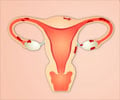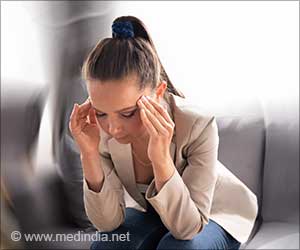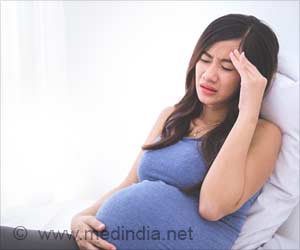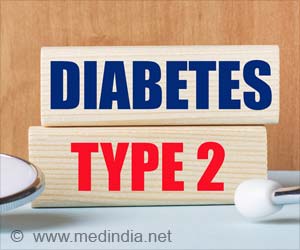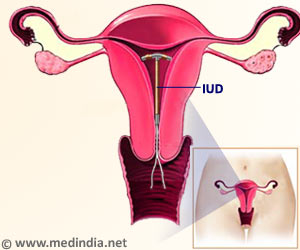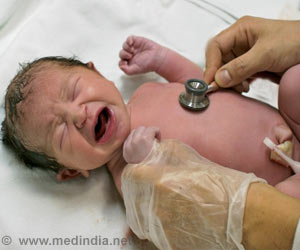Adults who were sexually and physically abused during their childhood and adolescence have a higher risk of endometriosis (tissues growing outside the uterus), says Epidemiologist from Fred Hutchinson Cancer Research Center.
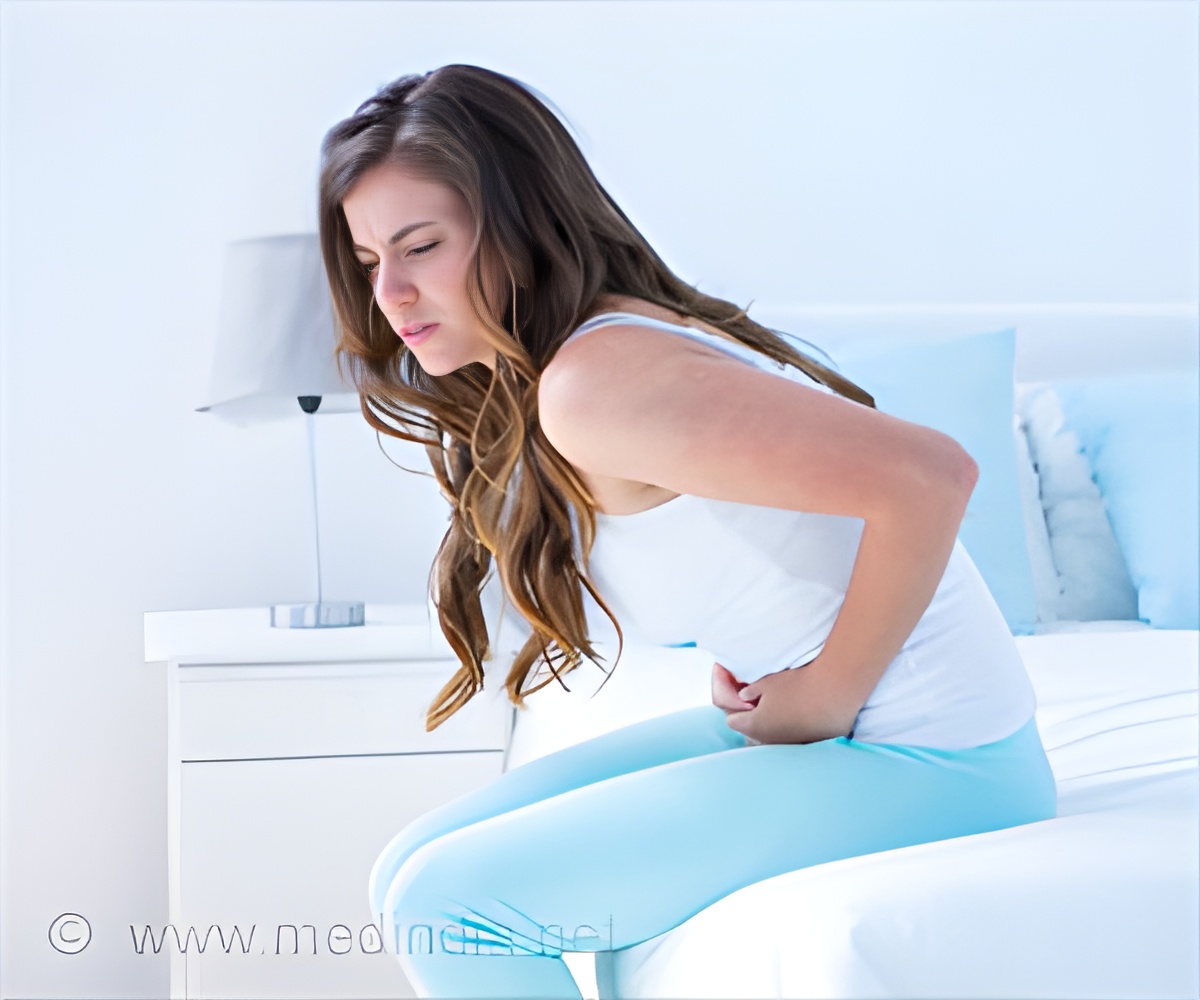
‘Women complaining of severe-chronic abuse had a 79 percent higher risk of laparoscopically-confirmed endometriosis.’





Abuse has been associated with chronic pelvic pain, uterine fibroids, and hypertension in previous studies, but this report - which used data collected from 60,595 women within the Nurses' Health Study II from 1989 to 2013 - is the first to show an association between childhood abuse and laparoscopically-confirmed endometriosis. Study highlights include:- More than 3,000 cases of laparoscopically-confirmed endometriosis were diagnosed during 24 years of follow-up.
- 21 percent of all women reported having experienced some level of both child/adolescent physical and sexual abuse.
- 32 percent reported child/adolescent physical abuse only.
- 12 percent reported child/adolescent sexual abuse only.
- Compared to those reporting no physical or sexual abuse, the risk of endometriosis was greater among those who experienced severe physical abuse or severe sexual abuse.
- There was a 79 percent higher risk of laparoscopically-confirmed endometriosis for women reporting severe-chronic abuse of multiple types.
- There was a stronger association between early life abuse and pain-associated endometriosis (versus endometriosis diagnosed in the absence of pain).
The study population was primarily white female nurses between the ages of 25 to 42 at baseline who were participants in the Nurses' Health Study II, which began in 1989 with 116,429 women. Participants receive follow-up questionnaires every two years.
Source-Eurekalert

